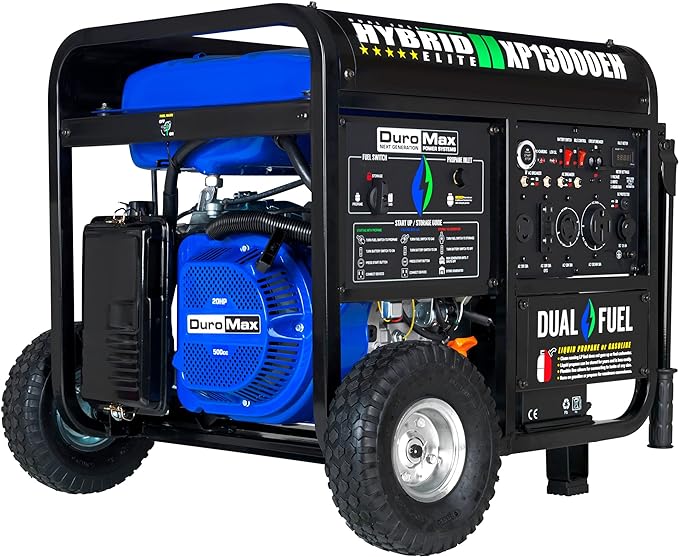Hydraulic Generators: Working Principles and Model Types
Hydraulic Generator Model Classification
According to my country’s “Rules for the Compilation of Turbine Models,” the model of a hydraulic turbine consists of three parts, each separated by a dash (“-“). The first part includes Chinese pinyin letters and Arabic numerals: the pinyin letters represent the turbine type, while the Arabic numerals indicate the runner’s model. For reversible turbines, an “N” is added after the turbine type. The second part consists of two Chinese pinyin letters indicating the arrangement of the turbine’s main shaft and the characteristics of the water diversion chamber. The third part provides the nominal diameter of the turbine runner and other necessary specifications. Common symbols used in turbine models are detailed in Table 1-2.
For impingement turbines, the third part is represented as follows: Nominal diameter of the runner (cm)/Number of nozzles on each runner × Jet diameter (cm).
Representative Symbols in Turbine Models
- The runner diameter of a Francis turbine refers to the maximum diameter on the water inlet side of the runner blades.
- For axial-flow, oblique-flow, and tubular turbines, the runner diameter refers to the inner diameter of the runner where it intersects with the runner blade axis.
- For impingement turbines, the runner diameter refers to the pitch circle diameter at the tangent of the runner and the jet centerline.
Examples of Turbine Models
- HL220-LJ-250: A Francis turbine with a runner model 220, vertical shaft, metal volute, and a runner diameter of 250 cm.
- ZZ560-LH-500: An axial flow rotary paddle turbine with a runner model 560, vertical shaft, concrete volute, and a runner diameter of 500 cm.
- GD600-WP-300: A through-flow fixed paddle turbine with a runner model 600, horizontal shaft, bulb-type water diversion, and a runner diameter of 300 cm.
- 2CJ20-W-120/2×10: A bucket-type water turbine with a runner model 20, equipped with 2 runners on one shaft, a horizontal shaft and runner diameter of 120 cm, and each runner has 2 nozzles with a jet diameter of 10 cm.
Types of Hydro-generators
Hydro-generators can be categorized into vertical and horizontal types based on the axis position. Large and medium-sized units are generally vertically arranged, while horizontal arrangements are common for small and tubular units. Vertical hydro-generators are further divided into suspension and umbrella types based on the guide bearing’s support mode. Umbrella hydro-generators are classified into ordinary, semi-umbrella, and full umbrella types, depending on the guide bearings’ positions on the upper and lower frames. The suspension type offers better stability, smaller thrust bearing, lower loss, and easier installation and maintenance, but it requires more steel. The umbrella unit has a lower overall height, reducing the height of the hydropower plant. Horizontal hydro-generators are typically used in high-speed applications (over 375 rpm) and some small-capacity power stations.
How Hydro-generators Work
Hydro-generators operate by utilizing a sluice gate to raise the water surface, creating a height difference. The water then pushes the wheel shaft, causing the generator to rotate and produce electricity. This process converts kinetic energy into electrical energy through the principle of magnetic induction.

